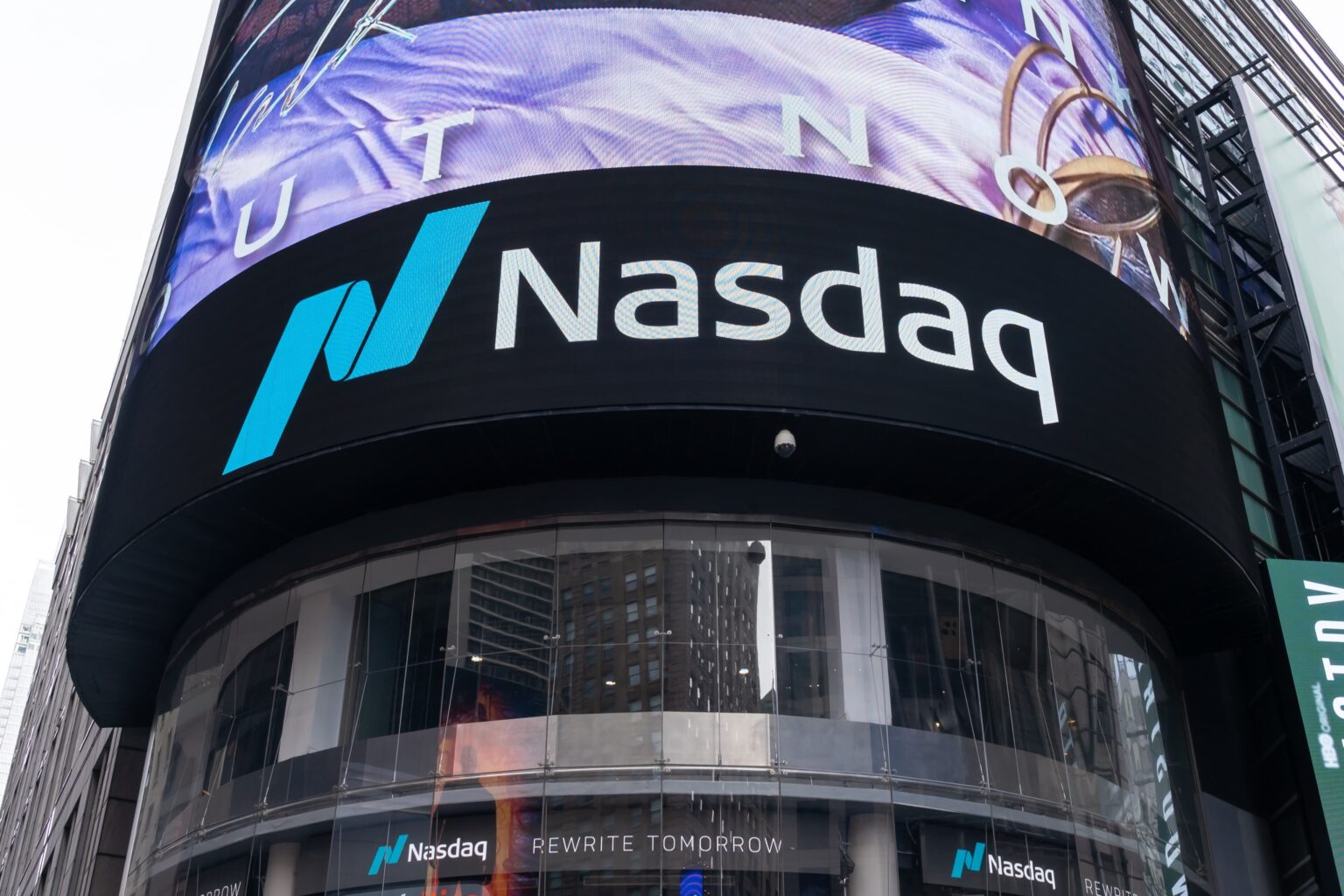Nasdaq Widens Its Lead in IPO Market Share
The first half of 2025 confirmed Nasdaq’s dominance in the U.S. IPO market, outperforming the New York Stock Exchange (NYSE) by a wide margin in both number and value of new listings. According to recent data, Nasdaq attracted approximately $21.3 billion in IPO proceeds, more than double the $8.7 billion raised by the NYSE.
A major contributor to Nasdaq’s strong performance was the successful debut of high-profile tech firms such as CoreWeave, a fast-growing AI infrastructure company, and Chime, a leading fintech player. Both selected Nasdaq for their listings, citing its alignment with growth-oriented technology companies and its active investor base.
Even without including Special Purpose Acquisition Companies (SPACs), Nasdaq remained in the lead, raising around $9 billion from 79 traditional IPOs. In comparison, the NYSE hosted only 15 IPOs, totaling about $7.8 billion in proceeds. The volume and scale of these listings highlight Nasdaq’s increasing appeal to new issuers.
Rebound After April Market Volatility
IPO momentum had briefly slowed in April 2025, as market uncertainty surrounding global trade policy and monetary direction prompted companies to delay offerings. Concerns over interest rates, inflation, and policy shifts all contributed to a cautious environment.
However, by May and June, conditions began to stabilize. Market volatility decreased, and investor confidence returned—especially in sectors like artificial intelligence, fintech, and biotech. Nasdaq capitalized on this shift quickly, as its tech-focused identity proved attractive to emerging companies.
This rebound helped Nasdaq regain its pace, supported by strong market sentiment and a well-developed IPO pipeline. Analysts noted that companies previously on the sidelines accelerated their plans once conditions improved, fueling the late-quarter surge.
Major Companies Shift to Nasdaq
In addition to new listings, Nasdaq also benefited from listing transfers—a trend where large-cap companies move their primary listing from the NYSE to Nasdaq. Notable examples this year include Kimberly-Clark and Thomson Reuters, who collectively represent more than $271.4 billion in market capitalization.
This marked Nasdaq’s strongest first-half for transfers since 2006. Firms cite various reasons for the switch, including eligibility for inclusion in the Nasdaq-100 index, better visibility among tech-focused investors, and Nasdaq’s flexible listing standards.
While the NYSE continues to attract blue-chip and industrial firms, Nasdaq is increasingly viewed as the go-to exchange for innovative, tech-adjacent companies—even outside the traditional technology sector.
U.S. Exchanges Compete to Attract Issuers
Industry experts view the rivalry between Nasdaq and the NYSE as a major advantage of the U.S. capital markets. Unlike markets in London or Hong Kong, where a single exchange dominates, the U.S. offers competition that drives innovation, lowers listing costs, and enhances services.
“The two exchanges keep pushing each other to improve,” said one senior equity strategist. “That’s good for companies and good for the market as a whole.”
Each platform continues to evolve. Nasdaq emphasizes modern governance tools and digital infrastructure, while the NYSE leans on its history and prestige. This dual approach helps the U.S. maintain its status as the premier destination for global capital.
Outlook: Strong Second Half Expected
Looking ahead, several major IPOs are expected to hit the market in the second half of 2025. High on the list are Medline, a major healthcare supplier, and Figma, a design software company with a global user base. Both are widely expected to choose Nasdaq, although no official announcements have been made.
If these IPOs materialize as planned, they could extend Nasdaq’s lead even further. However, the NYSE is also positioning itself for a strong second half and could still compete for some of these big names.
For now, Nasdaq has the clear momentum—thanks to its strong tech branding, successful early-year listings, and ability to attract transfers from its largest rival.



